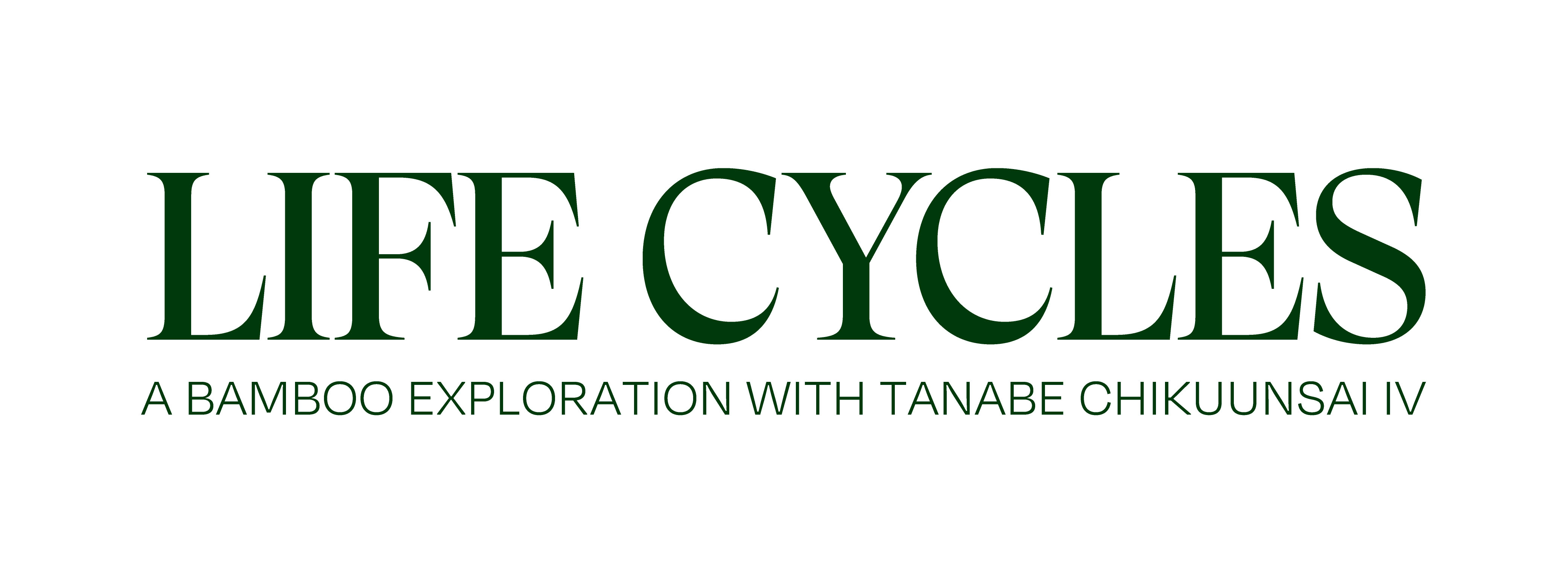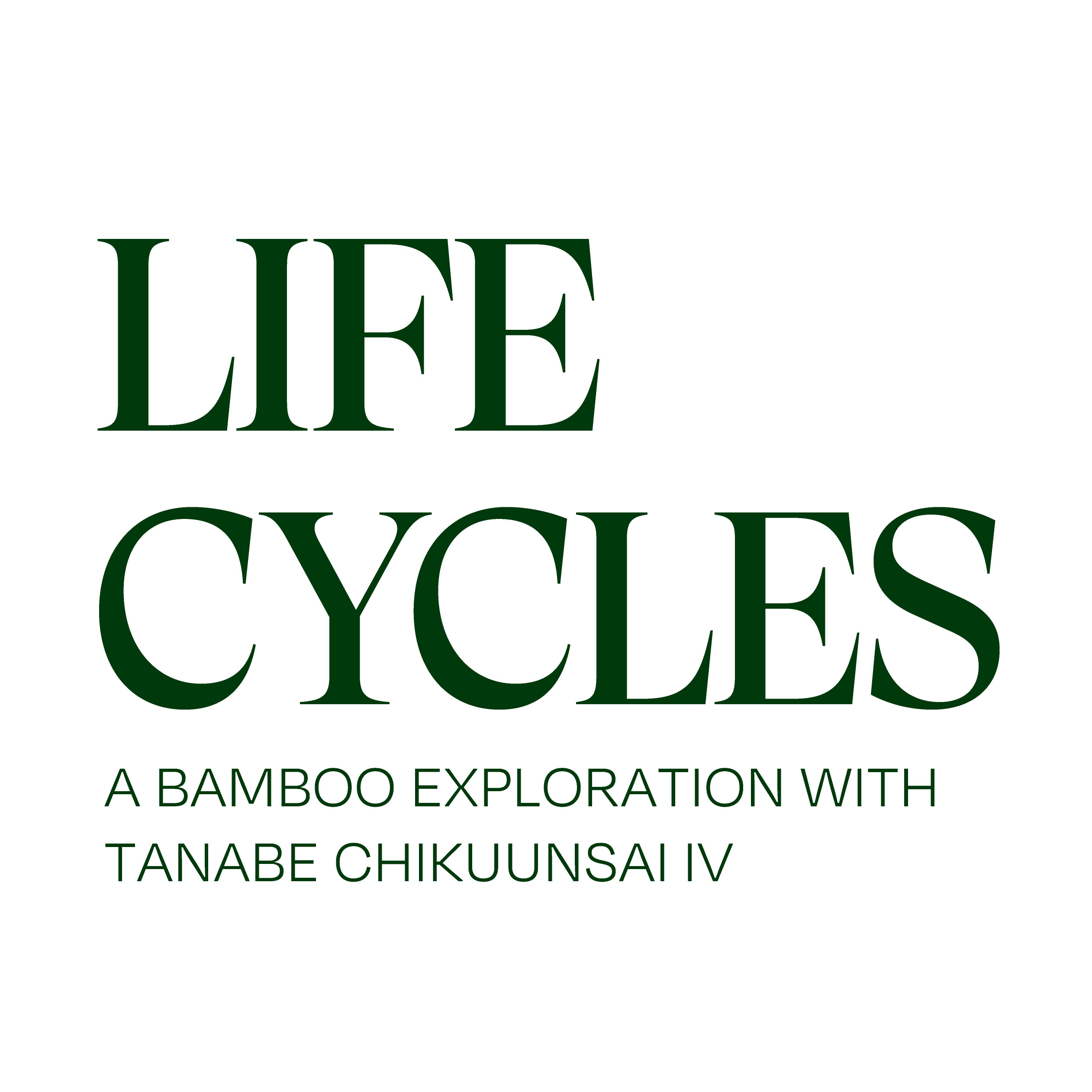
Artist Statement
The Cycle of Bamboo from Forest to Installation
Since World War II, with the Westernization of Japan, fewer Japanese homes feature traditional rooms (or washitsu) or decorative alcoves (or tokonoma). In addition, our daily lives are centered around products and tools made of plastic rather than of natural materials such as bamboo. With a lower demand for these products, forest management has declined, and bamboo forests are left in a state of ruin.
The town of Hidaka in Wakayama prefecture was once a production hub for kurochiku, or “black bamboo,” that grows along the pilgrimage route known as the Kumano Ancient Trail. Today, only one family business continues to harvest and work with the bamboo—the Kanasaki Bamboo Shop. The situation is critical.
For my installations, I use between 5,000 and 12,000 strips of black bamboo. To make 12,000 strips requires 1,200 bamboo culms, or canes—the equivalent of Japan’s entire annual yield of black bamboo. By building installations like this around the world, I am increasing the demand for bamboo, which helps revive the country’s devastated black bamboo forests and creates jobs for forest workers. Additionally, in order to split bamboo culms into thousands of strips, I employ bamboo craftsmen, jobs that are also increasingly difficult to find. Each installation aids bamboo forest regeneration and job creation and leads to a sustainable cycle of black bamboo production.
The bamboo used for my installations is split by hand one culm at a time. The width of each piece is carefully aligned, and the corners of each strip are removed with a knife to round the ends of bamboo strips, or higo. Then, the strips are woven together to build the shape of the large work. At the end of the exhibition period, the installation is completely dismantled, returning the bamboo to thousands of higo, which will be used to create another iteration of the work. I first began making these bamboo installations in 2011. Every year, I add new strips of black bamboo, and by weaving these with the higo from previous installations, new layers are formed, just like the annual growth rings of a tree. The characteristics of the material alter as the climate fluctuates, so when I work with bamboo, I perceive the changing of nature over time. As the strips from different years are interwoven, they form a cycle that connects feelings from various places and times, bringing together past and present and building a new future world.
Tanabe Chikuunsai IV, 2022
Main Exhibition Page


